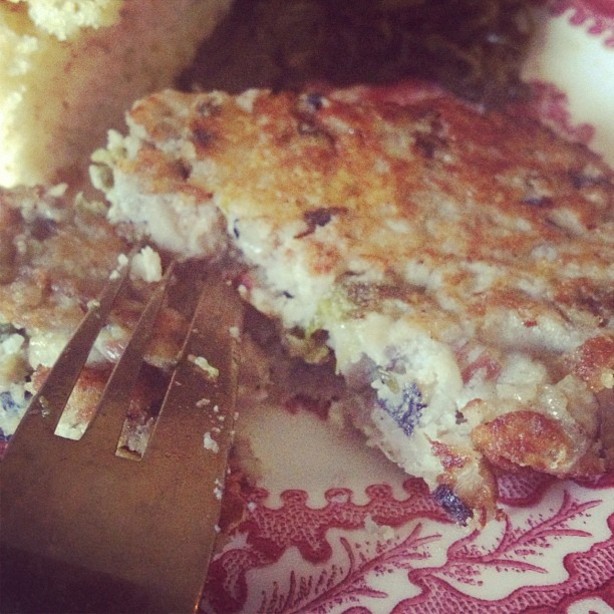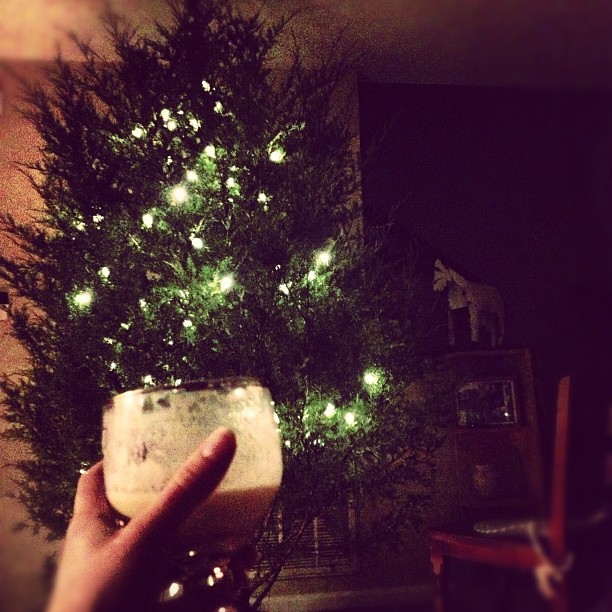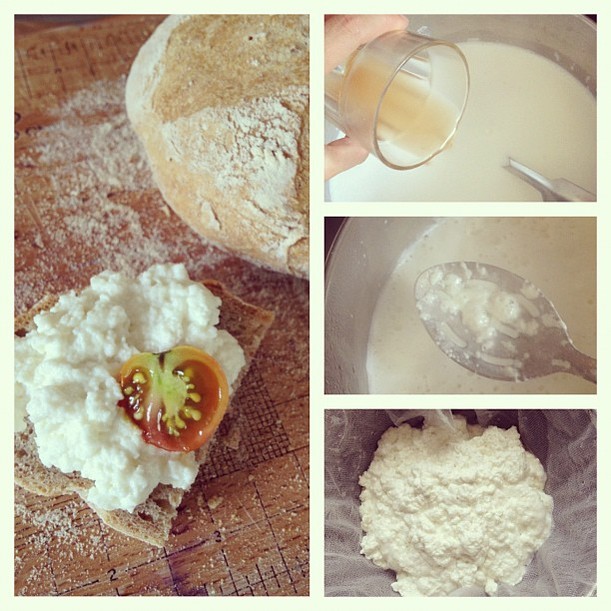 We had a little get together yesterday to celebrate the New Year. We had such a great time showing the farm to new friends and old and feasting on traditional southern New Years fare. We cooked up a storm, our friends did the same, and before long the kitchen was overflowing with all sorts of deliciousness including black eyed peas, cornbread, and turnip greens. Of course, we had leftovers, and this time, we also had a plan for them!
We had a little get together yesterday to celebrate the New Year. We had such a great time showing the farm to new friends and old and feasting on traditional southern New Years fare. We cooked up a storm, our friends did the same, and before long the kitchen was overflowing with all sorts of deliciousness including black eyed peas, cornbread, and turnip greens. Of course, we had leftovers, and this time, we also had a plan for them!
Roy, a lifetime local and one of our first farmer friends here, gave our Aunt Tracy a recipe for the leftovers called "Tomorrow" which we just ate for breakfast, today. They're delicious little savory cakes that could be made with any type of beans. I hope some of you will give it a try with your New Years left overs! Here's the recipe:
Take your cold beans from yesterday out and mix with an egg or two - enough that the mixture can be shaped into patties (if you use too much, it's ok - you can cook them like pancakes).


